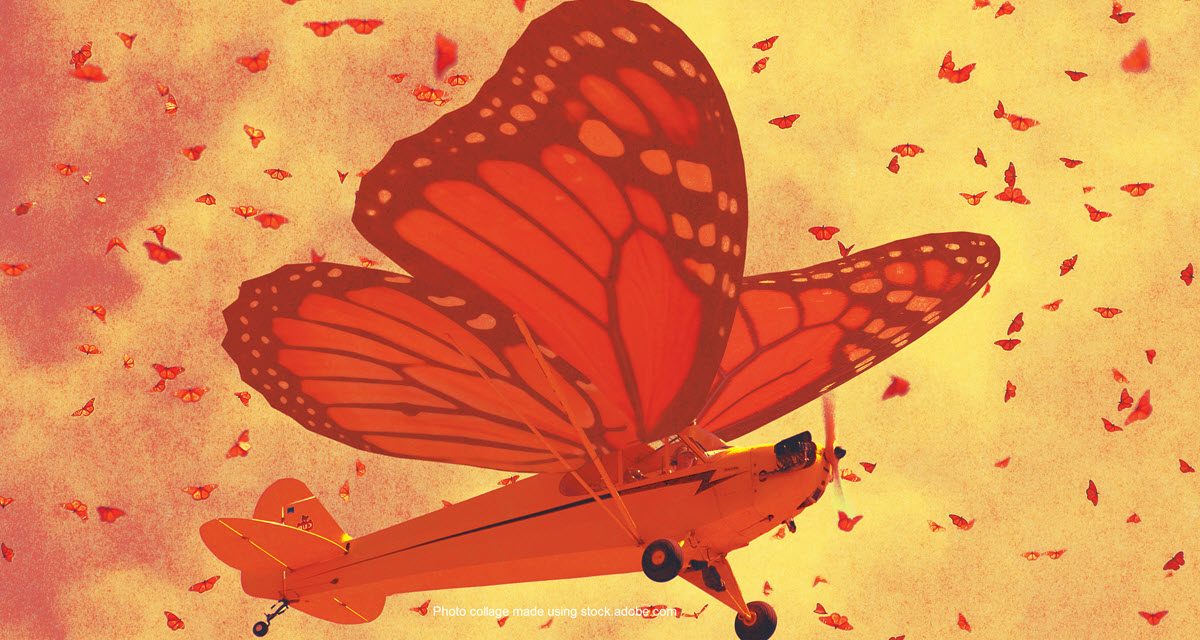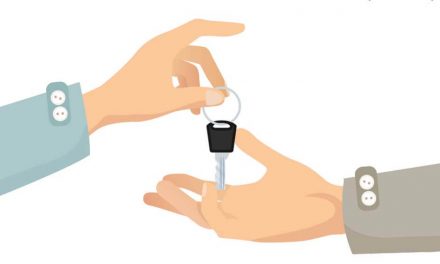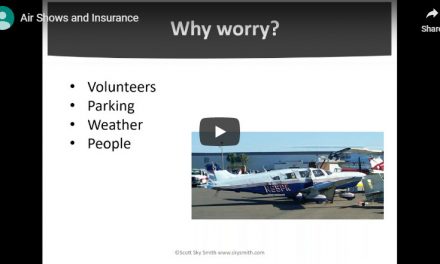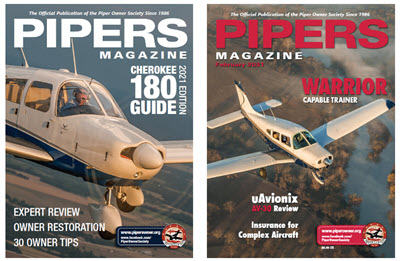Do you know much about monarch butterflies? I have learned a lot over the years. Did you know they are not endangered but they are diminishing. For several years my wife and I (which means mostly her) have been doing our part to help keep the monarchs flying. The center of our circle drive is filled with butterfly bushes, flowers for butterflies, and milkweed plants. Monarch butterflies feed and lay eggs on milkweeds. When the eggs hatch, we catch the caterpillars and put them in a “butterfly” house where they can eat milkweed and be protected from predators. Then they turn into chrysalides, and we hatch new monarchs. Then we release the butterflies back into the garden and we hope for the best.
At the end of the summer, they start an amazing flight from Iowa (or even as far north as Canada) to Mexico to get through the winter. Yet, their lifespan averages only about 6 weeks.
After a little research, I discovered that they actually have a longer lifespan when the migration starts. And that it really takes about four or five generations to make it to Mexico and the same number of generations to make it back. So, the monarchs that leave my location are not the same ones that arrive back in the spring.
Another neat tidbit of information is that they can fly up to altitudes over 10,000 feet. Apparently, there is a story of a glider pilot that saw a monarch migration at around 11,000 feet. Like pilots, they need winds aloft, thermals and more to get the maximum altitude and distance. Being so small and lightweight, I find it just extraordinary that they do what they do.
Okay, the reason I brought this up is that years ago I was returning from Independence, Kansas, in a brand-new Cessna 172. If I remember right, I was at about 5,500 feet and I suddenly saw what appeared to be leaves floating in the air. I started to hit a few and realized they were monarchs. It was one of the coolest things I have seen flying and even back then, I knew I needed to get to a lower level and save as many as I could.
Luckily for me, monarchs weigh just a few ounces and there was no damage to the aircraft. But that’s not true when we hit other things in the air. I know, we typcially don’t expect to have impacts in the air. Drive a car at dusk in the Midwest and you risk racoons, deer, and even coyotes crossing the road.
On the runway, there can be a risk. I remember landing late one night and having to “hop” over a coyote on the runway. I have numerous customers that have hit deer with their aircraft. So, it does happen.
But inflight?
Inflight Collisions
To answer what you might be thinking, yes, we have had mid-air collisions between aircraft. Some serious and a couple without fatalities. Typically, inflight collisions are with birds. In fact, if you watch the FAA Preliminary Accident and Incident Reports there are a lot of bird strikes, especially in the spring, summer, and fall.
I remember having a bird strike flying in a Cessna 172. It was nothing more than a bang and a stain on the horizontal stabilizer leading edge.
A good friend was flying his pressurized Cessna Skymaster (TP337G) and he hit a pretty good-sized bird. The leading edge of the aircraft was damaged. There was a nice big dent and a costly repair.
I assume you have read the stories about pilots who hit birds that go through the windshields. Well, my father-in-law had that happen on a charter. The trip was in a Cessna 402 with a few passengers. They were just leaving the home airport and, on takeoff, a group of Canada geese decided to fly in front of the plane. They were unable to make any evasive maneuvers to miss the birds. One goose hit the pilot’s windscreen. The goose broke through and landed in my father-in-law’s lap. He was covered with goose but unharmed (a little bruised from the impact). He and the other pilot (lucky he had a second pilot on this trip) were able to land without issue. But not without a big repair cost.
What About Drones?
The rest of this article can be seen only by paid members who are logged in.Have a website login already? Log in and start reading now.
Never created a website login before? Find your Customer Number (it’s on your mailing label) and register here.
JOIN HERE
Still have questions? Contact us here.






